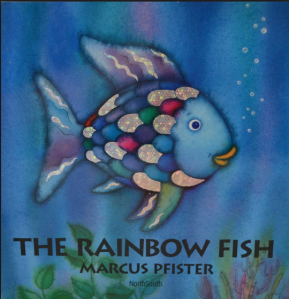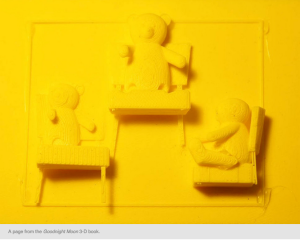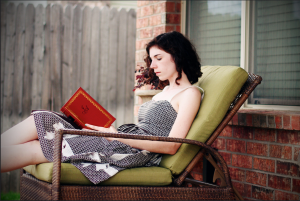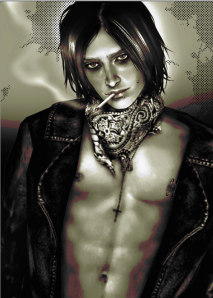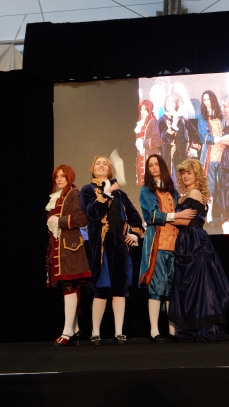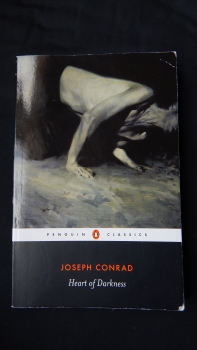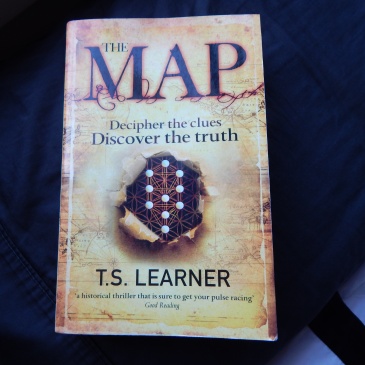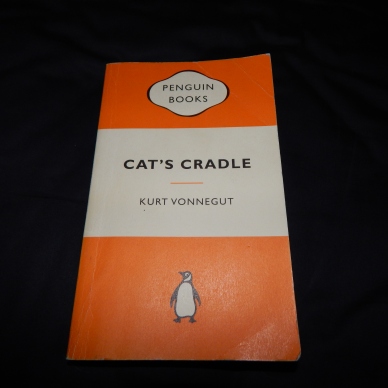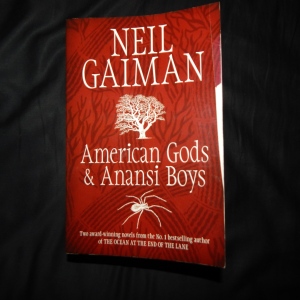
“Shadow heard himself laugh, over the sound of the music. He was happy. it was if the last 36 hours had never happened, as if the last three years had not happened, as if his life had evaporated into the daydream of a small child, riding the carousel in Golden Gate Park in San Francisco, on his first trip back to the States, a marathon journey by ship and by car, his mother standing there, watching him proudly, and himself sucking his metal popsicle, holding on tightly, hoping that the music would never stop, the carousel would never slow, the ride would never end. he was going around and around and around again…
Then the lights went out, and Shadow saw the gods.”
This is a book of mythic proportions, novel ideas and epic battles. In America, historically a penal colony and immigrant-settled, it asks what happens to the gods who are brought with the settlers. What of the leprechauns of the Irish-Americans, and how about Thor and Odin and Loki? Where do these gods go when there people leave their homelands? Perhaps, if you read the book, you might meet some of these American Gods.
We first meet the main character, Shadow, in prison where he’s serving a small sentence for participating in a bank robbery. He’s the kind of guy that drifts through life, not questioning much, trying not to think too much but a pleasant enough fellow. Throughout the book Shadow faces impossible scenarios, heartbreak, betrayal. He’s a middle man that becomes a meddler. Oh and magic – there’s magic too.
Throughout the book Gaiman carefully crafts each of his character as though they were playing poker at the table with the highest stakes. Secrets are kept hidden, intentions played close to the heart. It’s a writing trait that gives the novel a sense of mystery, and leaves you wondering what’s going to happen next. You will be constantly trying to decipher the simultaneously elusive and omnipresent Mr Wednesday and his schemes.
“‘However, that is not my favourite. No, my favourite was one the called The Bishop Game. It had everything: excitement, subterfuge, portability, surprise. Perhaps, i think from time to time, perhaps with a little modification, it might…’ Wednesday thought for a moment then shook his head. ‘No, its time has passed’.”
Another highly satisfying aspect of this book are the back stories that feature throughout the story. They’re not integrated, but dispersed as separate chapters which moderate the pace of the main story. These back stories are narratives in themselves which give colour to the novel, but also give some historical background that feels genuine and authentic.
This only way I can describe this book is as if Alice got lost in the Matrix, or better yet, Neo got lost in Wonderland. It’s an anomaly, a love story, a war and a journey of personal exploration. But mostly, it’s a lot of fun!
